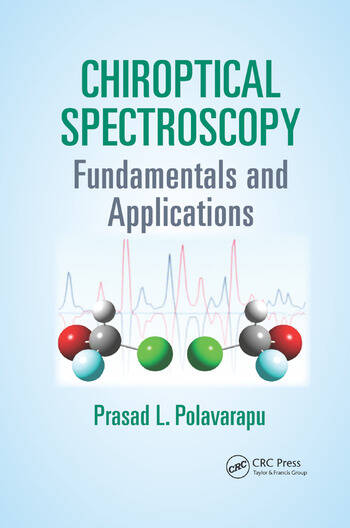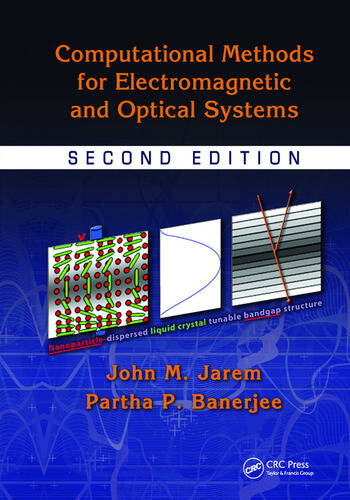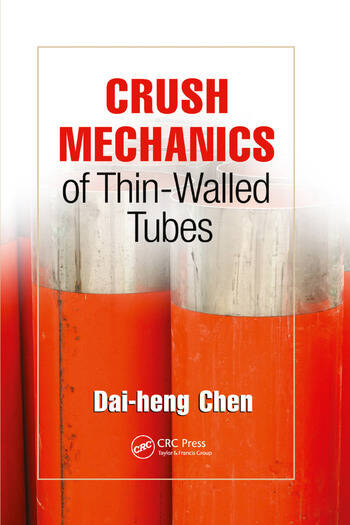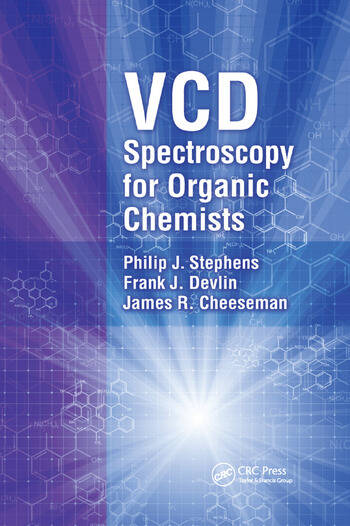Practicing Circular Economy
Circular Economy (CE) is considered as one of the important strategies in addressing Sustainable Development Goals. Practicing Circular Economy provides an overview of CE covering its evolution describing the key concepts programs policies and regulations. It illustrates several business opportunities over a hundred hand-picked case studies that encompass numerous sectors various scales of operations and geographies. Another unique feature of the book is the activities listed in each chapter to invoke thoughts frame assignments and generate discussions. Each chapter lists key additional reading materials and takeaways. Aimed at mid- and senior-level managers policy makers investors entrepreneurs consultants researchers professors and academic students involved in the subject of environmental management and sustainability this book: Introduces the evolution of CE to clarify the key concepts and introduce some of the important global programs and initiatives CE economy with case studies Gives a global overview of adoption of CE covering countries such as India Japan Korea China EU North America Australia and several more Includes information on methodologies followed tools and knowledge resources for practicing CE Provides insight to the business models with numerous case studies covering product design manufacturing and services and the role of innovation and financing Presents a comprehensive overview of opportunities in CE in sectors such as textile steel agriculture and food Covers newly emerging paradigms of CE such as regional circular economy circular supply chains and sustainable procurement and impact of the COVID-19 pandemic on CE Practicing Circular Economy is thus an important resource for every circular economy practitioner and especially to those who aspire to make a career in circular economy.

























